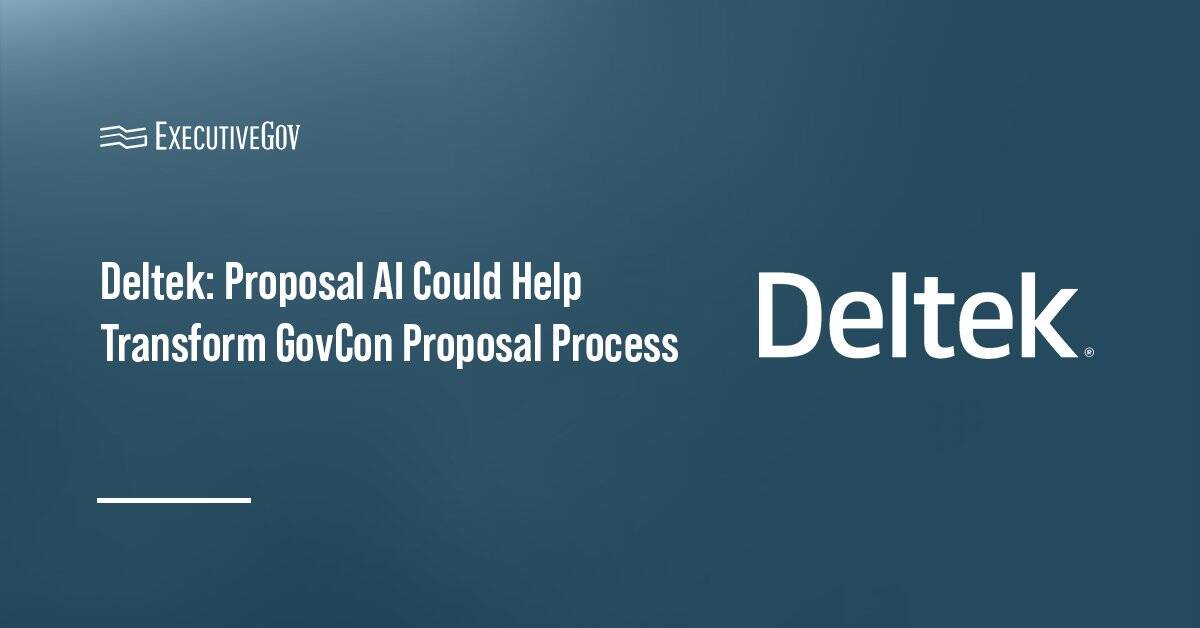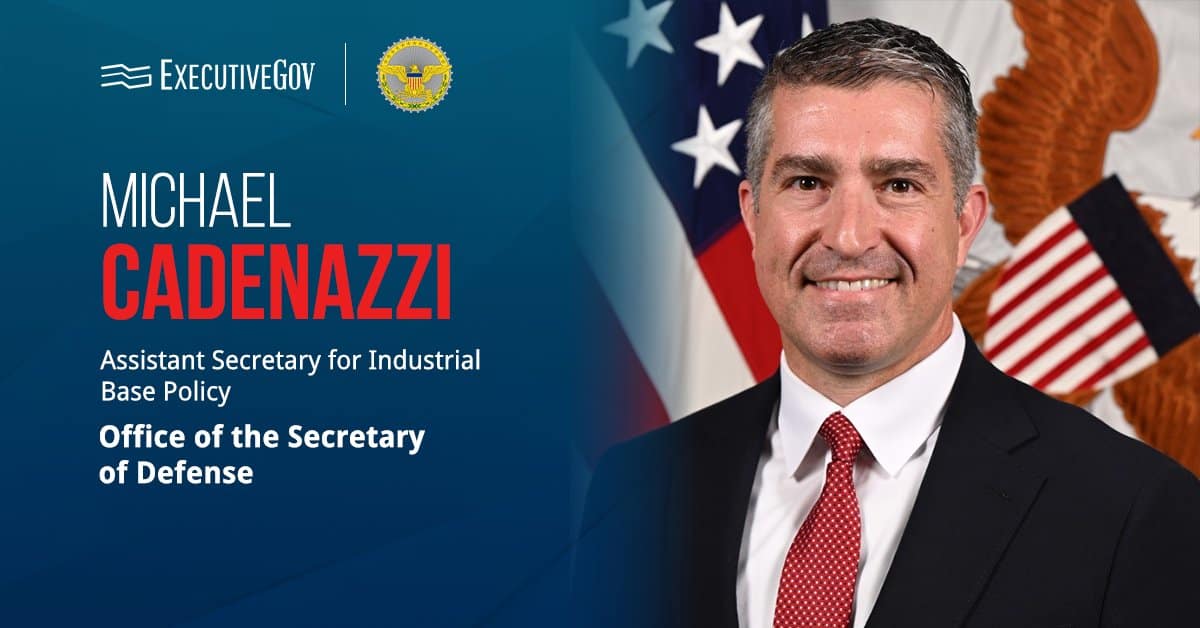The U.S. Air Force has begun seeking industry input on its plans to award a contract for the development of a next-generation reentry vehicle for the service branch’s Sentinel intercontinental ballistic missile weapon system.
A notice posted Wednesday on SAM.gov states that the Air Force is conducting market research to determine industry capabilities to support the NGRV effort and define the contract’s acquisition strategy.
The government plans to schedule one-on-one meetings in the second week of May at Hill Air Force Base in Utah to discuss the procurement effort with interested companies.
Sentinel, formerly the Ground Based Strategic Deterrent system, will serve as the ground-based leg of the U.S. nuclear triad, replacing the Minuteman III ICBM system.
The Air Force plans to award the NGRV contract in fiscal year 2026 and responses to the request for information are due April 19.
Related Articles
Nick Schiffler, marketing manager at Deltek, said proposal artificial intelligence is becoming a key capability for government contracting teams seeking to respond quickly to requests for proposals and improve competitiveness in the federal marketplace. Streamlining Proposal Development With AI In a guest post published on SAME’s website, Schiffler wrote that proposal AI tools could help GovCon proposal teams respond to requests for information, complete their capture plans, develop compliance matrices and transform complex solicitations into more manageable parts. “These tools are built to understand the structure, language, and compliance requirements of federal RFPs, helping teams respond faster and more accurately,” he added.
Michael Cadenazzi announced on LinkedIn Tuesday that he has been confirmed as assistant secretary of defense for industrial base policy. Who Is Michael Cadenazzi? Cadenazzi is a seasoned aerospace and defense executive with a proven track record in driving growth, innovation and risk management. He most recently served as the managing director at EY for nearly four years. He was also senior vice president of product development and director of solutions at Govini. The executive dedicated five years to McKinsey & Company, holding key roles such as associate partner, senior knowledge expert and solutions general manager of VisualDoD—the innovative startup he
The Department of Defense has started implementing a five-phase construct that seeks to provide real-time cyber defense at operational speed and ensure that U.S. warfighters maintain technological superiority against evolving cyberthreats. 5 Phases of DOD’s Cybersecurity Risk Management Construct DOD said Wednesday the Cybersecurity Risk Management Construct, or CSRMC, consists of five phases aligned to system development and operations: design, build, test, onboard and operations. The design phase, for instance, aims to ensure resilience of system architecture by embedding security at the outset. “This construct represents a cultural fundamental shift in how the Department approaches cybersecurity,” said Katie Arrington, a Wash100 awardee who





